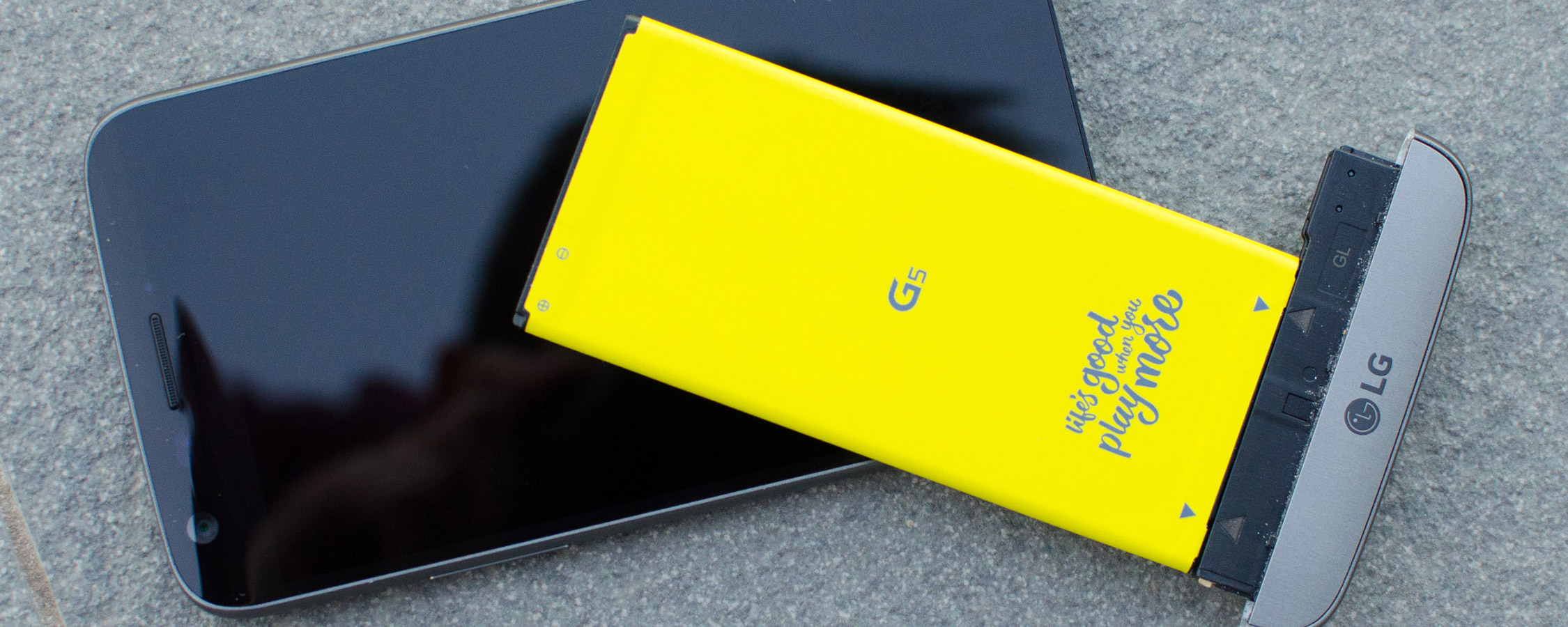Display
The LG G5 comes with a 5.3-inch 2560 x 1440 IPS LCD packing a pixel density of 554 PPI. In my ideal smartphone article earlier this year, I said that a 5.3-inch display provides the best mix of usability and display size. I absolutely stand by this assessment after using the LG G5: the screen is slightly easier to use than the larger display on the G4, and the device overall is very comfortable to hold.
Sharpness has never been an issue with LG's 1440p LCDs, and now that this display is in its third iteration it keeps getting better. LG has managed to increase peak brightness up to a huge 860 nits, placing it above older 1080p and 720p displays that have typically had a brightness advantage. Combined with low glass reflectivity, the G5's display is easy to view outdoors; far easier than competing devices I've used recently.
LG's IPS panels have other benefits over lesser IPS displays, including fantastic viewing angles that rival AMOLED panels, and deep blacks that deliver a contrast ratio superior to any other LCD I've seen on a smartphone. Of course the contrast ratio still falls behind Samsung's Galaxy smartphones with their AMOLEDs, but with the G5 you're getting the best that LCDs have to offer with the advantage of superior brightness.



Where I wasn't as impressed with the G5's display is in color accuracy. The temperature of this display is tinted significantly to the blue end of the spectrum, giving the screen a cold appearance that can't be adjusted through any built in utility. The 8800K color temperature does make whites 'pop' in a way that a warmer display doesn't, but it's not accurate and has other effects on color reproduction.
Color saturation is good, exceeding the sRGB spectrum, although this does impact accuracy and gives most imagery a vibrant appearance that goes beyond what's natural, particularly for red items. Some people will like this oversaturated appearance to the display that rivals Samsung's smartphones, but it comes at the expense of color accuracy, which is poor across the board.



In some situations, I don't have an issue with poor accuracy. On the Galaxy S7, for example, you can switch the phone into a 'basic' sRGB mode if color accuracy is preferred or required. However, on the LG G5 there is no way to adjust the color profile of the display, so you're stuck with the oversaturated image quality for better or worse.
One of the key features LG introduced with the G5 is an always-on display, again rivalling a similar feature in the Galaxy S7. While the version on the Galaxy S7 is a bit of a mess, the G5 variant includes proper notification support that significantly enhances the usefulness of the always-on screen. Sure, the display only shows notification icons rather than full notification snippets, but that's a lot more useful than the Galaxy S7 only showing the time and date.
As this is an LCD, there is a greater concern about battery life drain from an always-on display considering the backlight needs to be powered consistently. In typical office lighting, the backlight was activated at around 1/30th of its typical maximum value, and in the dark the backlight drops to a near-zero level. Considering the screen is disabled completely when in your pocket (thanks to the proximity sensor), the typical power drain from the always-on display should be pretty low.
LG claims the feature uses between 0.3 and 0.8% battery per hour, which is a reasonable result considering I tested the Galaxy S7 Edge's always on display to consume approximately 0.6% per hour. Whether LG's testing is accurate remains to be seen.


